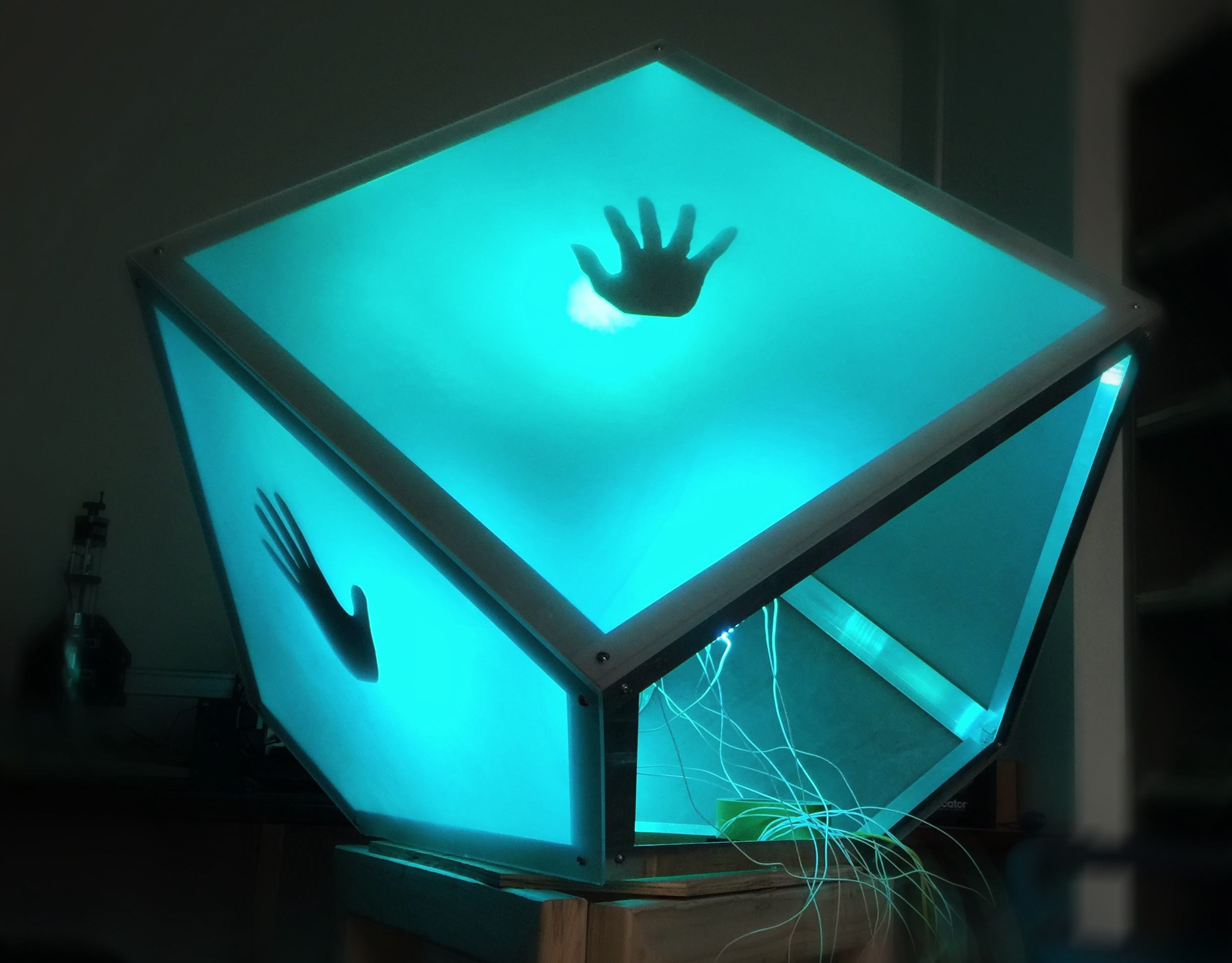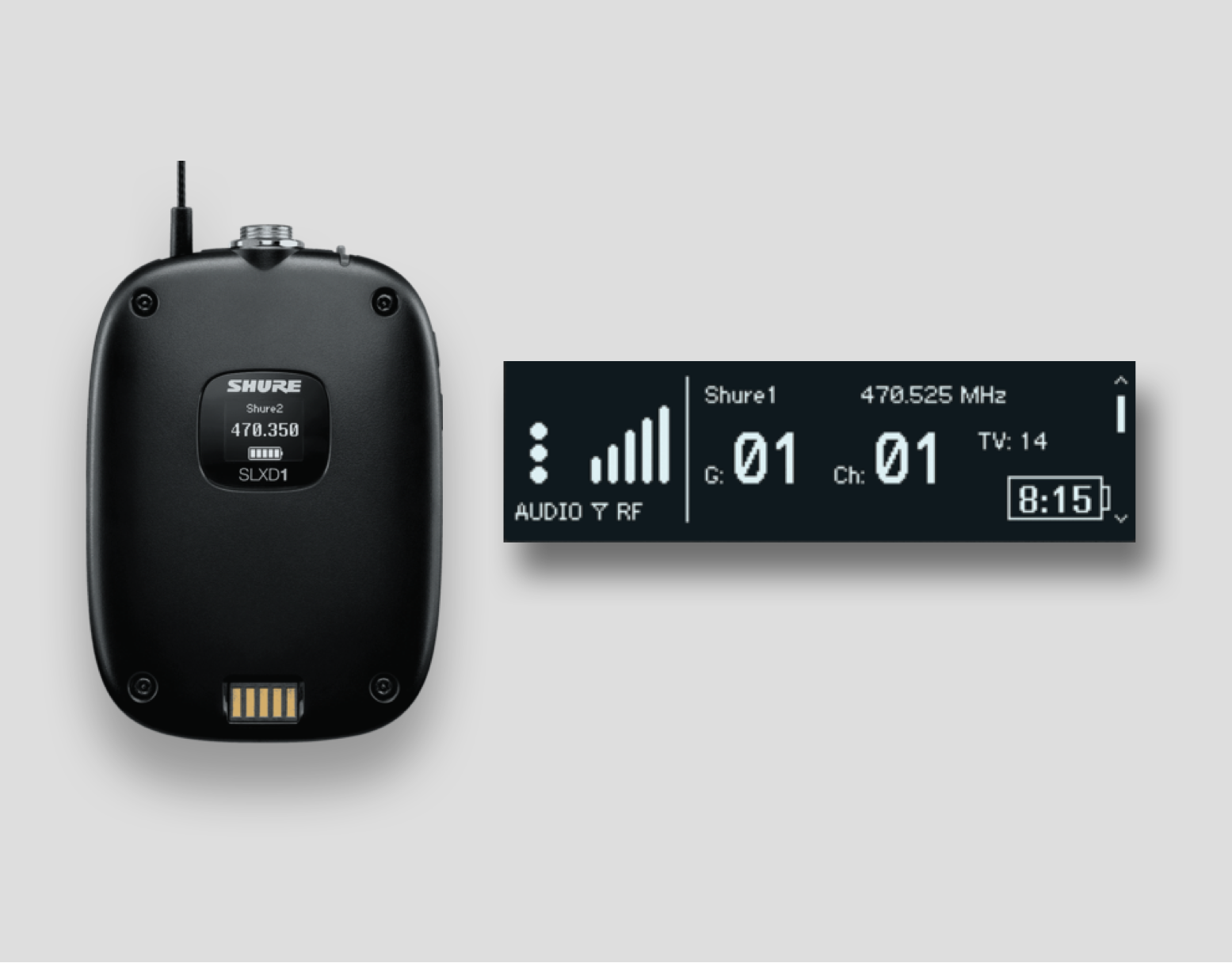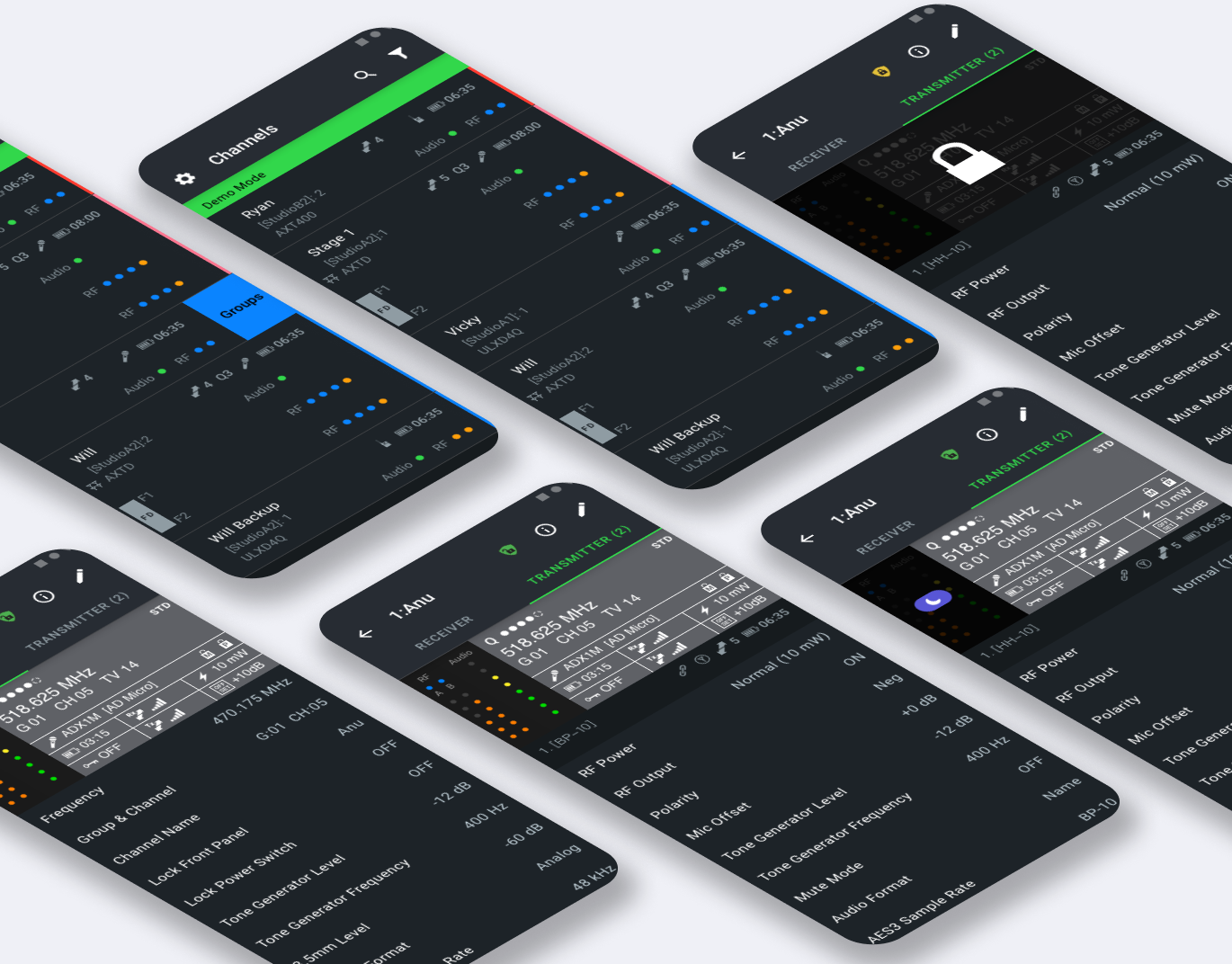(Photo credit: Yunyi Wang)
Overview
The Shedd Aquarium at Chicago put on a special exhibit in 2016 that was specially designed for the visually impaired. Usually museums are designed for the sighted visitors, so how to accommodate these visitors with special needs as museum tourists? Did the museum do a good job? We found out that research in this space was quite limited, so our team set to research the problem.
Role: Research Design, Interview Moderator, Aquarium Outreach, Research Writing
Teammates: Tristan Bernardo, Deepak Pradeep
Report Link: View full report here ("Improving Accessibility at Aquariums for the Visually Impaired")
Research Method
We employed both ethnographic observations and in-person interviews to collect data on the research. The observations help us understand the pain points and needs for the visually impaired participants when then interact with exhibitions at museums; while the interviews help us understand why and the reasons behind certain pain points.
We also were able to interview an expert in the assistive technology field - Dr. Joel Snyder, and asked about his professional approaches in terms of assisting the visually impaired.

A haptic seahorse model of the exhibition

One participant touching a fish in the exhibition
Data Analysis
We used Stormboards to analyze all the data we collected from qualitative research. First we transcribed all interviews into strings, then we broke them down into cards with keywords/phrases. Then we did affinity diagramming with these cards to form themes of insights.
(Stormboard affinity diagraming in progress)
(Sorted themes and groups on Stormboard)
Findings
Based on the notes of qualitative research we did during this case study, we summarized a few pointers for the research findings.
Recommendations
Based on our findings, we made a few recommendations for the aquarium to improve their accessibility design in the future.
Takeaways
We learnt so much about how visually impaired navigate public indoor spaces like museums. Accessibility design is not easily achieved, but once it's done well, it can benefit everybody not just those with disabilities.
We were able to share the research report with the research team at Shedd Aquarium when we finished the project.






